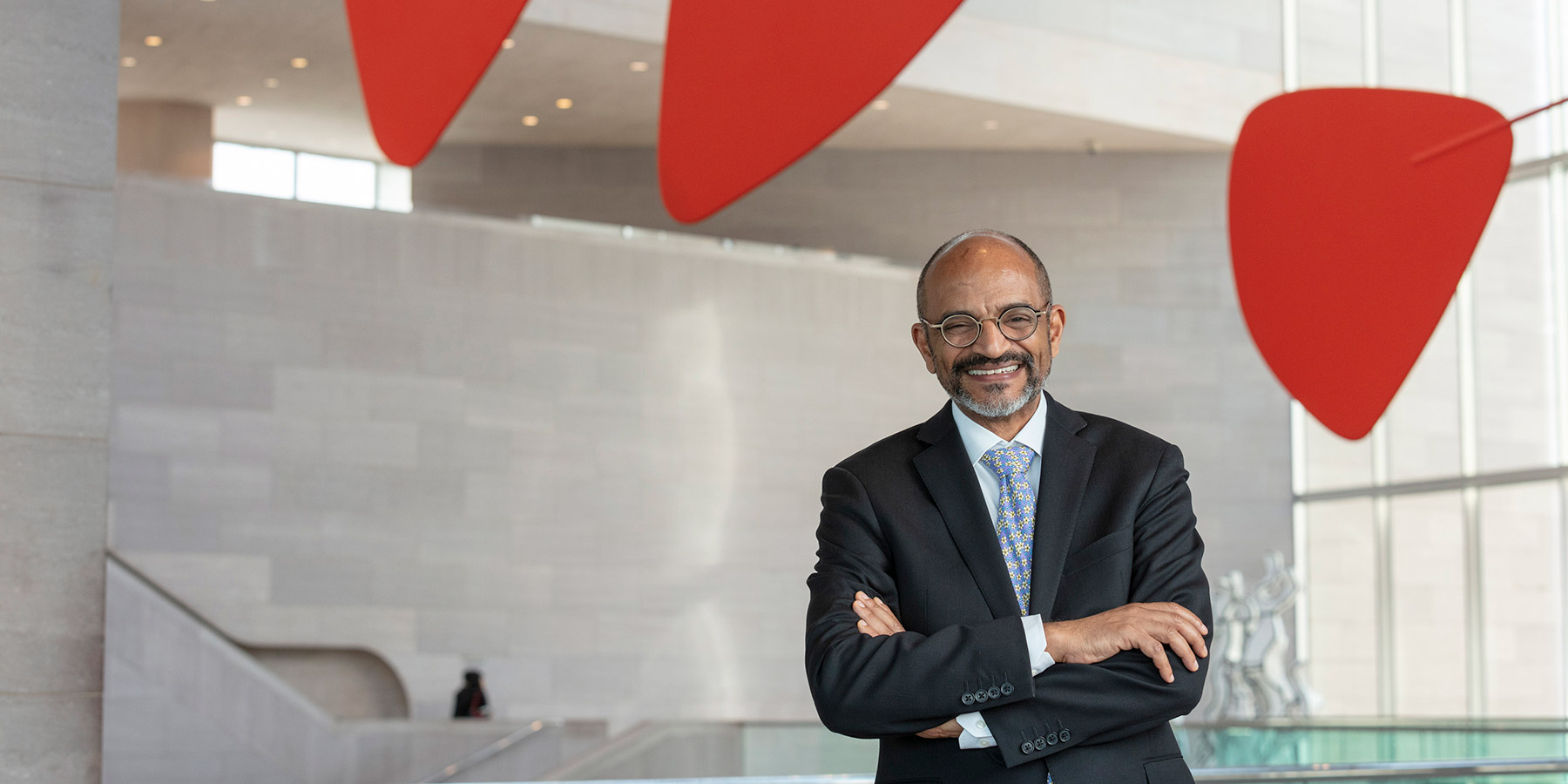Throughout this year of evolution, the vitality of the Center has been ever present. With some allowances for circumstances, the majority of this year’s fellows arrived at the National Gallery in September 2021 and the community rapidly cohered. They formed discussion groups, attended copious tours given by National Gallery colleagues, and shared many a meal. This year the Center fellows were affiliated with institutions in the United States, Canada, Ireland, and the United Kingdom. Their research topics ranged from the emergence of coin-based silver jewelry in the newly created Navajo reservation in the territory of New Mexico to the art of brass in the Burgundian Netherlands; from historical representations of Palestinian flora to the impact of art and artists on histories of psychiatric reform; and from Kenneth Young and the Black artistic community in Louisville, Kentucky, in the mid-20th century to 16th-century German goldsmiths and their craft’s relationship to the social, political, and legal order.
Lowery Stokes Sims, this year’s Kress-Beinecke Professor, presented the inaugural colloquium of the academic year, “Painting the Black Body: Praxis and Theory, 2010–2020.” Sims also acted as an advisor to the predoctoral fellows, focusing especially on professional development. Through a series of lunchtime meetings, Sims introduced fellows to individuals who are utilizing their degrees in a variety of work settings. Guest speakers addressed topics ranging from institutional activism to historical preservation. In April 2022, the predoctoral fellows traveled to Sims’s home city, where they received a tour of Guarding the Art at the Baltimore Museum of Art, an exhibition on which Sims consulted, from the security officers who curated it.




